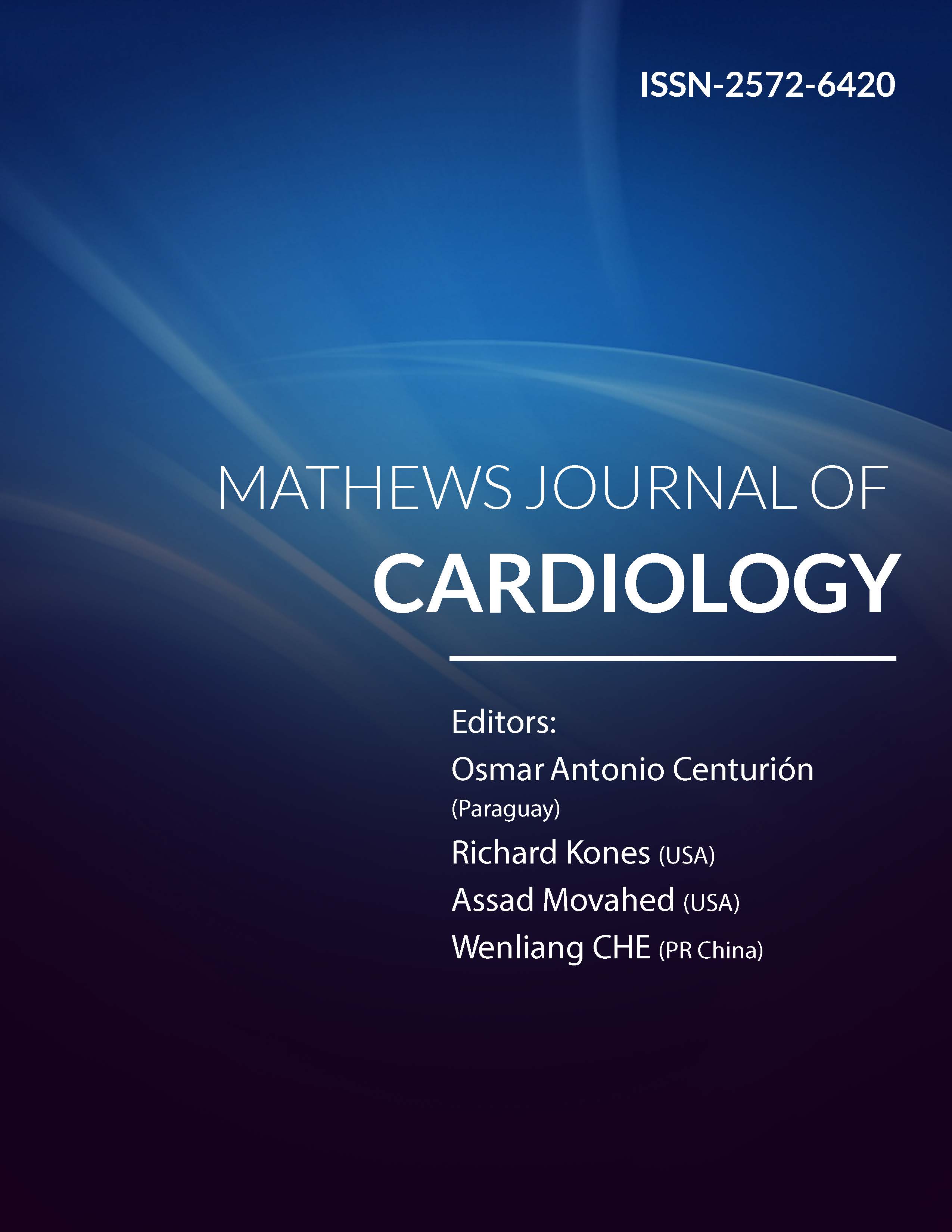
Information Links
Previous Issues Volume 1, Issue 2 - 2016
Atrial Fibrillation: A Theoretical Assumption and a New Perspective
Vladimir Tilman1
1The Sheba Medical Center, Rehabilitation Hospital, Ramat Gan, Israel.
Corresponding Author: Vladimir Tilman, Tne Sheba Medical Center, Rehabilitation Hospital, Ramat Gan, Israel,
Tel: 972-0547345525; E-Mail: [email protected]
Received Date: 13 Oct 2016
Accepted Date: 31 Oct 2016
Published Date: 04 Nov 2016
Copyright © 2016 Tilman V
Citation: Tilman V. (2016). Atrial Fabrillation: A Theoretical Assumption and a New Perspective. Mathews J Cardiol. 1(2): 008.
ABSTRACT
The most common cardiac arrhythmia in clinical practice is atrial fibrillation (AF). The cause for the development of AF has been investigated by many studies, however, the question remains unanswered. A recently published hypothesis suggested that atrial fibrillation is a physiological mechanism, of protective value, based on the discontinuation of atrial mechanical systole. This lowers the pressure within the system of the pulmonary veins and alveolar capillaries, in pathological situations, and as a result reduces the probability for development of pulmonary congestion and edema. This hypothesis explains the connection between left ventricle (LV) dysfunction and AF, helps with designing algorithms of relationships between AF and LV dysfunction, and with various diseases and conditions, suggests a new approach to the location of the source of AF and shows a protective function of the atriums in the development of LV dysfunction. There is a correlation between this hypothesis and the known facts and phenomenons associated with AF.